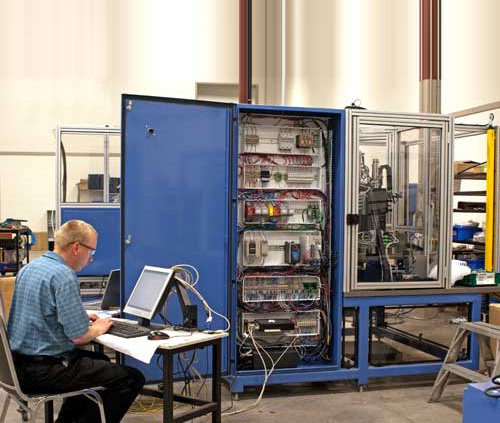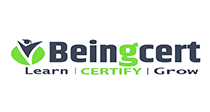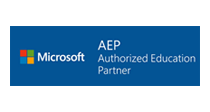Hands-on Automation and Process Control
SIMATIC S7 PLC Programming—Advanced Level based on S7-1500
Why Attend
The main aim of this course is to provide the participants with basic knowledge about Siemens PLC Programming, to create or to modify Step 7 PLC programs and to find PLC program faults.
Course Methodology
The course is hands on with great emphasis on the practical aspects of Programmable Logic Controller applications. The course is based around Siemens S7-1500 range of PLCs using TIA Portal.
Course Objectives
The course objectives are to provide the participants with the knowledge and skills to enable them to work with Siemens S7 (1500 / 1200 controller series).
On completion of this course the participant will be able to do the following:
- Understand the interaction of the TIA components
- Apply classical program development methods
- Solve comprehensive programming tasks
- Apply system blocks along with blocks from the standard STEP 7 library
- Understand, adapt, and expand given STEP 7 programs, including with step sequences and analog value processing
- Systematically diagnose and correct hardware and software errors in the SIMATIC S7 automation system with the diagnostic tools of the TIA Portal engineering portal
- Use the test functions in Structured Control Language (SCL)
- Perform specific commissioning of TIA components
Target Audience
Electrical and instrumentation technicians and engineers
Target Clients
- Oil & Gas
- Food & Beverage
- Cement
- Chemical Industry
- Mining
- Fertilizers
- Pharmaceutical Factories.
- Water and Waste Water station
- Customers who already have in their plants S7-1200 / 1500
Note
SIMATIC S7 knowledge- Must have attended the SIMATIC S7 PLC Basic Course.
This course involves practical and hands-on training on real PLC stands.

Course Outline
- Quick Revision on Basic Course
- Tools for program creation
- Analogue value processing, standardization
- Analog sensors / analog actuators
- Voltage/Current Input / Output Signals
- Upper & Lower Limit programming of Analog Signals
- Using Functions and Function blocks
- Using Timers and Counter
- 16/32-bit conversions
- Jump commands
- Commissioning of the TIA system model with distributed I/O
- Error handling and evaluation with error organization blocks (OBs)
- Evaluation of diagnostic data
- Troubleshooting and alarms with a HMI device
- Deeper understanding of contents through practical exercises on TIA system model
- Open-loop control and closed loop control
- PID control algorithm with flow and level control applications
- Open Discussion…
REQUEST CALL BACK
Would you like to speak to one of our consulting advisers over the phone? Just submit your details and we’ll be in touch shortly.














